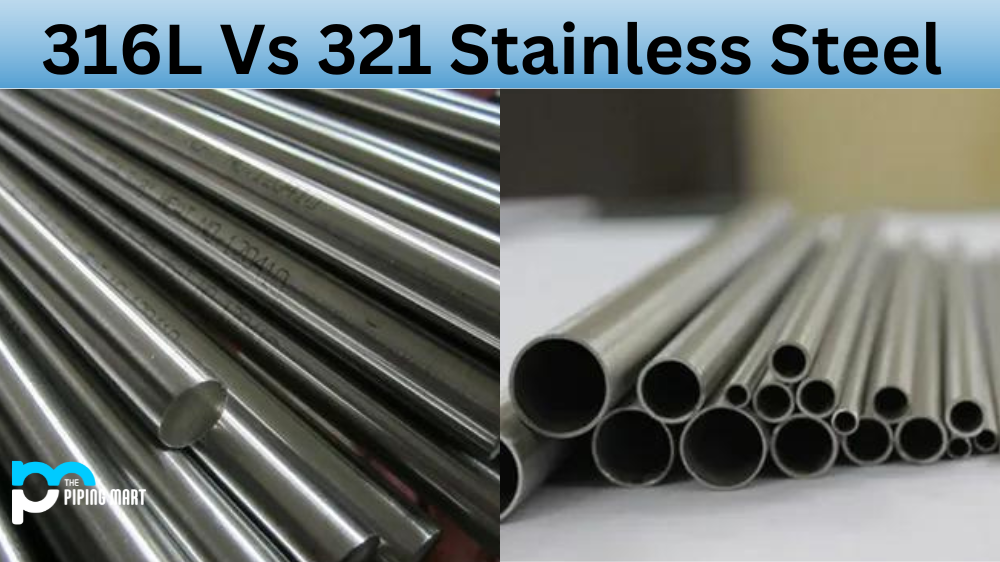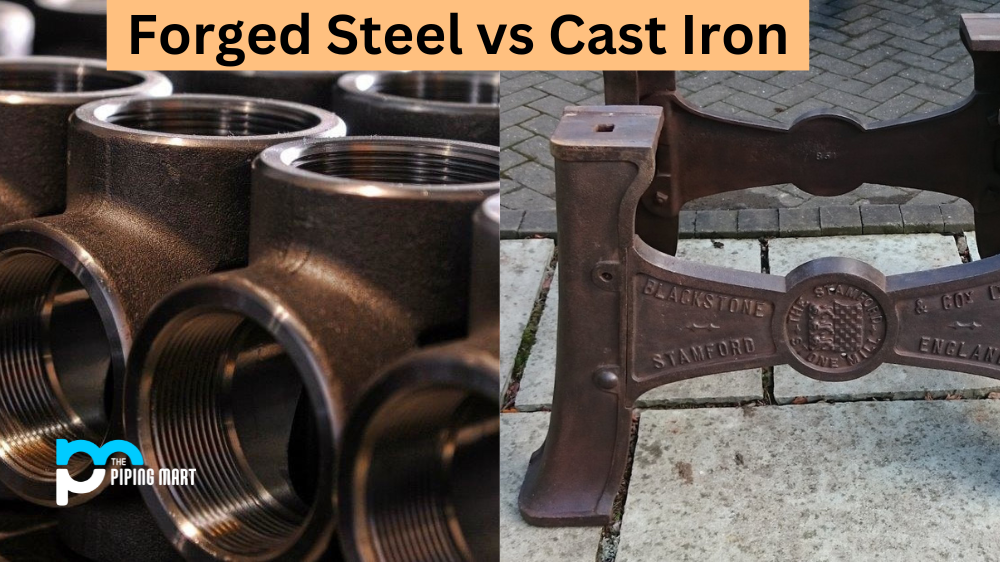If you work with metalworking and welding, you need to understand the differences between various types of stainless steel. Knowing the differences between 316L and 321 stainless steel can help you choose the right material for your project. Both types of stainless steel offer a range of benefits, but important distinctions should be taken into account when deciding which type to use. Let’s take a closer look at each one.
What is 316L Stainless Steel?
316L stainless steel is an alloy that contains 18 per cent chromium, 8 per cent nickel and 2-3 per cent molybdenum. It also has low carbon content, which makes it optimal for welding operations because it minimizes the formation of carbide precipitation during welding. It is also known as “marine grade” stainless steel because of its increased resistance to chloride corrosion compared to other steels. As such, this type of steel is widely used in marine applications, food processing, and laboratory equipment. In addition, it can be used for high-temperature applications like exhaust systems for cars and boats.
What is 321 Stainless Steel?
321 stainless steel is made up of 17 per cent chromium, 9 per cent nickel, and 2 per cent molybdenum. It offers similar levels of corrosion resistance as 316L but with higher levels of strength at elevated temperatures due to its titanium addition. This type of steel is most commonly used in high-temperature applications like aircraft exhaust stacks or automotive exhaust systems where temperatures regularly exceed 1000 degrees Celsius (1832°F). Additionally, it can be used in medical instruments due to its excellent formability and weldability properties, along with its increased resistance to stress corrosion cracking compared to other grades of stainless steel. It also has great formability, making it ideal for many industrial uses, such as tanks or pressure vessels that require good corrosion resistance and formability properties.
Difference Between 316L and 321 Stainless Steel
Chemical Composition
The main difference between 316L and 321 stainless steel is the composition. 316L contains low carbon, while 321 stainless steel contains titanium for improved strength and resistance to intergranular corrosion.
Mechanical Properties
316L stainless steel is more resistant to cracking and corrosion than 321 stainless steel. It also has a lower carbon content, which makes it easier to weld.
Thermal Properties
321 stainless steel can withstand higher temperatures than 316L stainless steel. This makes it ideal for applications such as boiler tubing and exhaust systems.
Magnetic Properties
Both 316L and 321 stainless steel are non-magnetic. However, 321 stainless steel may become slightly magnetic after cold working.
Applications
316L stainless steel is typically used in marine applications and chemical and food processing equipment. 321 stainless steel is often used in high-temperature applications such as aircraft exhaust systems and boiler tubing
Conclusion:
Overall, 316L and 321 stainless steel offer various benefits depending on what application they are used for. 316L offers increased weldability, while 321 provides better high-temperature strength than other grades. When selecting a type of stainless steel for your project, understanding these key differences will help you make the best choice for your needs. Metalworkers and welding professionals should familiarize themselves with these materials to select the best option from their wide range of available options in metalworking today!

A passionate metal industry expert and blogger. With over 5 years of experience in the field, Palak brings a wealth of knowledge and insight to her writing. Whether discussing the latest trends in the metal industry or sharing tips, she is dedicated to helping others succeed in the metal industry.




